‘Riding a motorcycle here is such a gamble – it is only by luck that you reach your destination’
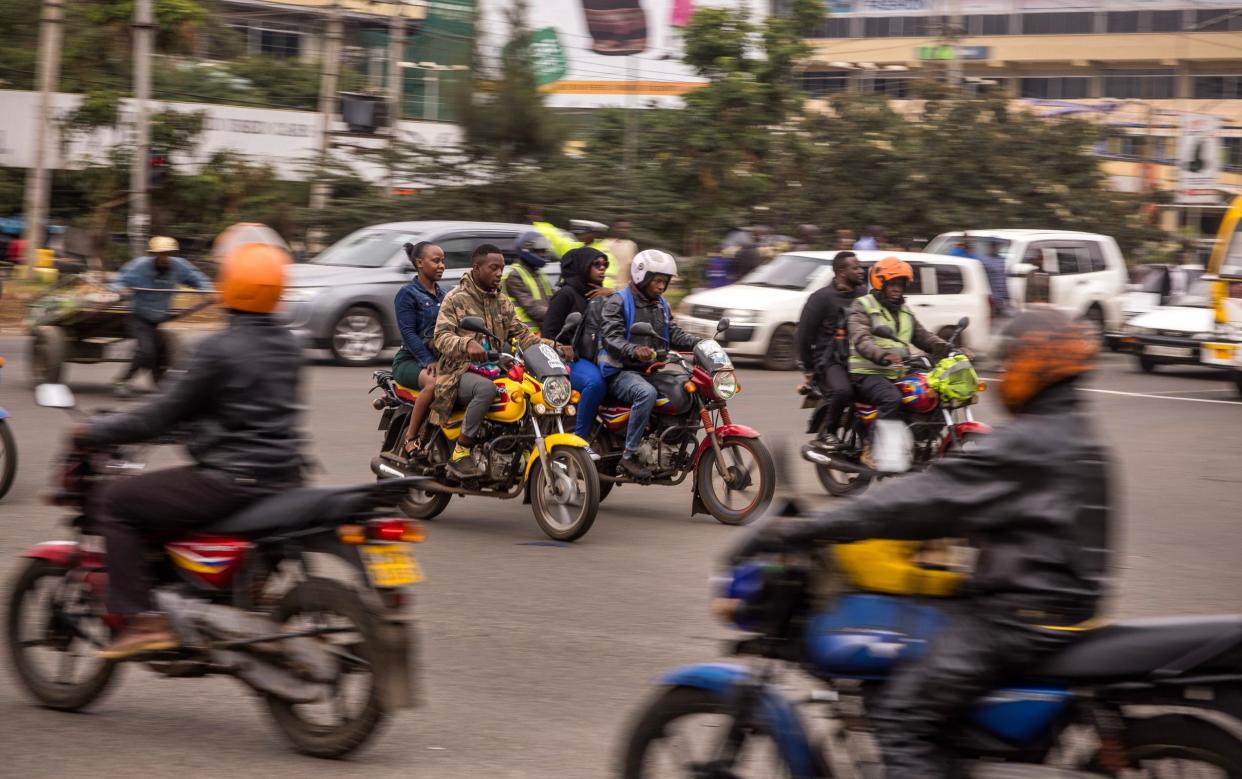
When motorcycle taxi rider Mark Salamba was hit by a speeding lorry on one of Nairobi’s chaotic highways, the driver reversed back over his prostrate body to make sure he was dead.
The culprit, who wanted to avoid prosecution and having to pay his victim’s hospital bill, was long gone by the time Mark’s mother, Mary Mbari, arrived at the scene.
To get there, she rode pillion on the back of another bike, without a helmet, gambling with her own life in the desperate hope of reviving her 28-year-old son.
The collision in November was an otherwise unremarkable statistic amid the depressingly consistent toll of motorcycle crashes in Kenya, one of the thousands which accounted for 35 per cent of the country’s road fatalities last year.
Many resulted from riders and passengers not wearing helmets, or having substandard fake helmets offering no real protection, according to data gathered at two of Nairobi’s main hospitals.
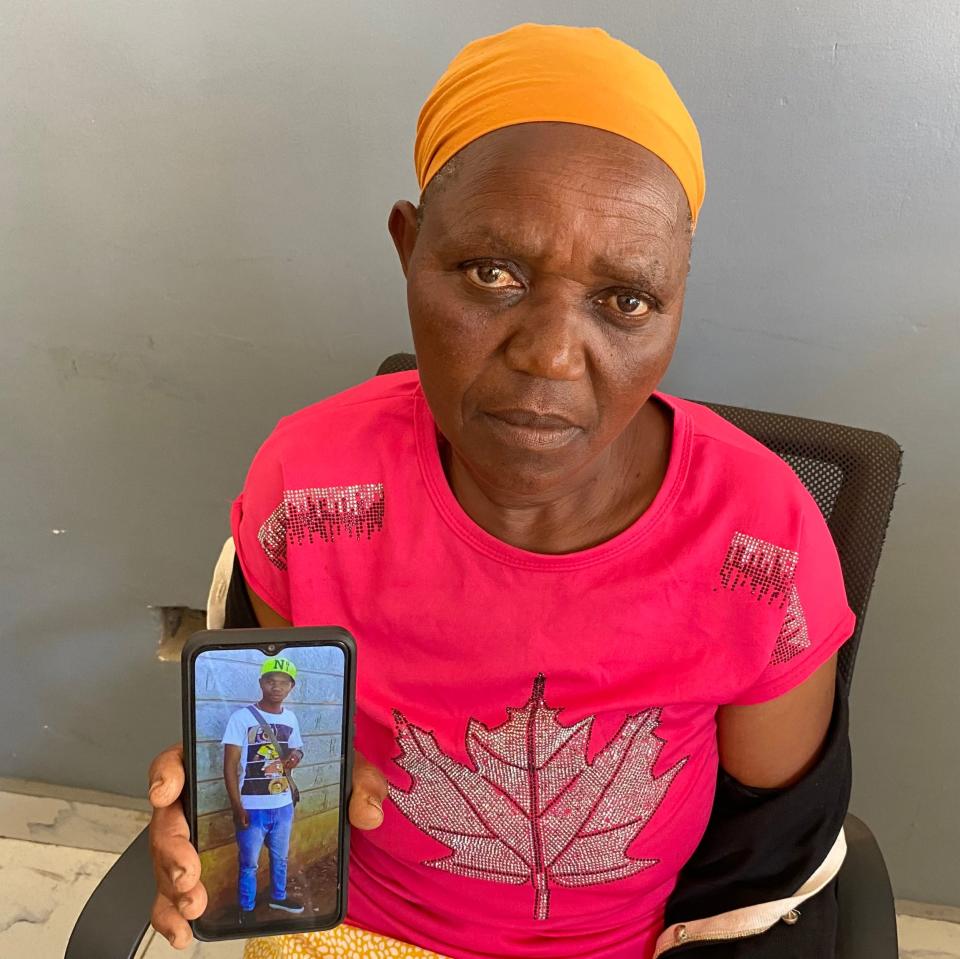
A report which was recently launched in the city revealed that on high-risk roads in Nairobi just 63 per cent of riders and 15 per cent of pillion passengers wore helmets.
Although a motorcycle helmet can reduce the risk of death by 42 per cent and the risk of head injury by 69 per cent in a crash, there is little enforcement in much of sub-Saharan Africa.
In many of the continent’s rapidly growing cities, motorcycles have become the primary mode of transport for millions who need to travel for work but can neither depend on public transport, afford a car, nor walk safely on heavily congested roads with little traffic control.
While the most recent annual UN Global Road Safety Status Report showed a five per cent reduction in road traffic deaths around the world, the opposite occurred in many African nations.
The rate of death and injury from road crashes has climbed steadily – becoming the leading cause of fatalities among young people – as motorcycle ownership has increased.
In Kenya, the number of registered boda-bodas – the local name for motorcycle taxis – has risen to 2.2 million, accounting for 22 million journeys every day, almost double what it was in 2017.
This has been attributed to a combination of factors including low-cost motorcycles being imported from China and India, high levels of unemployment amongst young men, and the rise of smartphone booking apps.
But with this unchecked expansion has come a parallel increase in traffic fatalities.
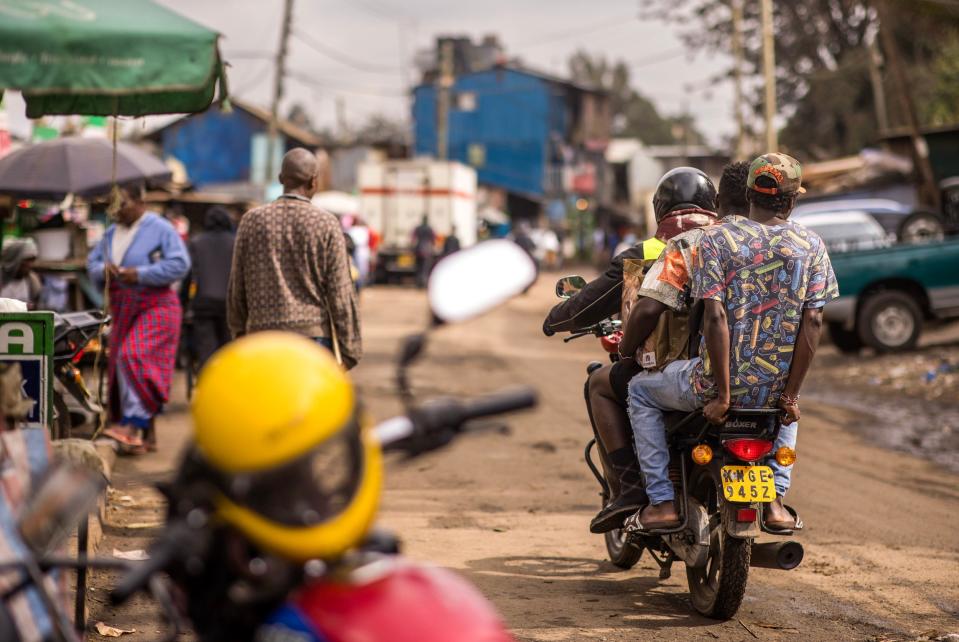
According to figures from the World Bank in 2020, the economic burden of road traffic injuries to the Kenyan economy is approximately US$6.5 billion.
Data collected for the report, entitled ‘A Fare Price’, found that most motorcycle crash victims admitted to hospital were male boda-boda drivers under 35, the majority of whom were the family breadwinners.
For them, a serious crash involving a head injury typically leads to hospital fees amounting to more than four years’ average earnings. The report researchers found that many boda-boda riders are unable to return to work for at least a year after a crash.
For these reasons, organisations including the London-based transport charity Transaid are leading plans to construct Kenya’s first helmet testing laboratory.
The lab, which would also be the first in the East African region, is seen as a key step in reducing the impact of road crash injuries.
They are also working with local manufacturers to ensure cheaper high-quality helmets are more easily available.
A company called Boda+ is already manufacturing helmets which cost a fraction of the previous average prices and is trying to increase production.
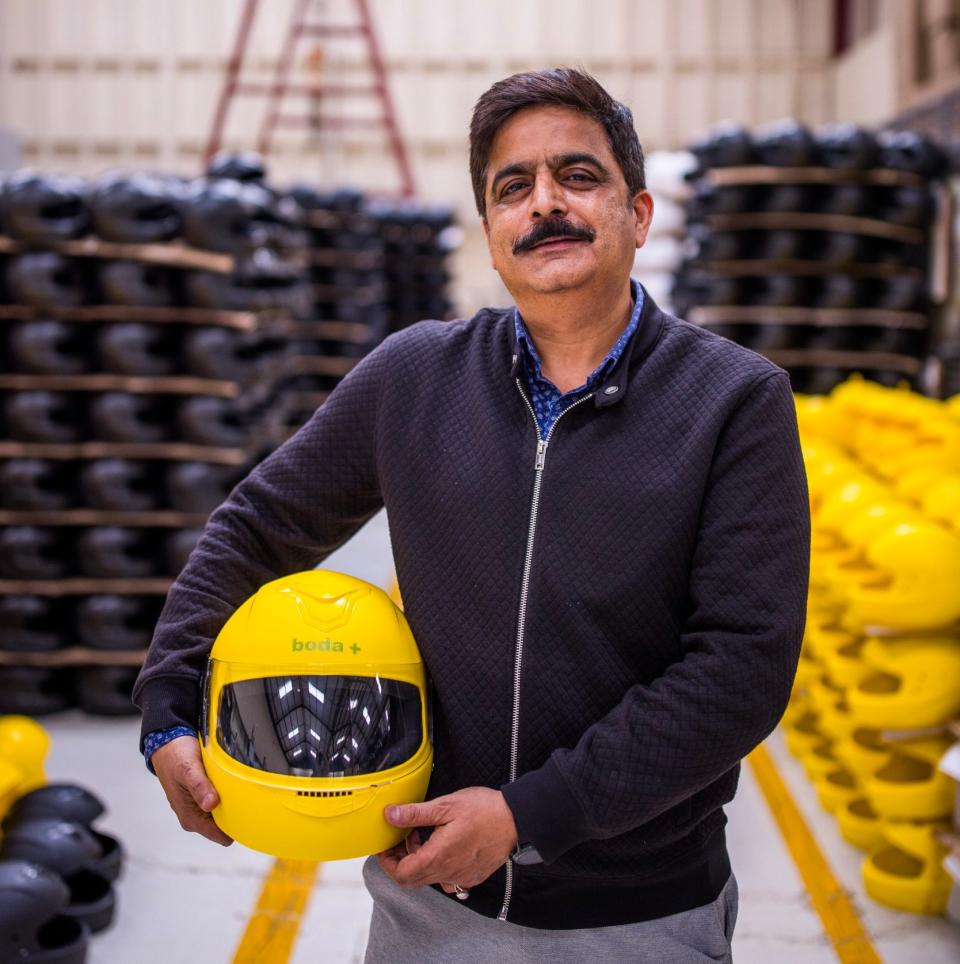
Mary, 62, welcomed the initiative, but said more needs to be done to make Kenya’s roads less treacherous.
“Mark’s fares provided money for his wife and two sons, and me too,” she said. “We were confident that we would never go hungry if he was getting passengers. Now life has become almost impossible.
“I am still in total shock about the way he died. Before that he hadn’t been in any accidents, but riding a motorcycle here is such a gamble. It is only by luck that you reach your destination.”
Elly Kegode, who oversees a union for more than 2,000 boda-boda riders in Kibera, Nairobi’s biggest slum, has become a road safety advocate after a crash in which he lost a finger and suffered a serious head injury.
“That was when I decided to explain to younger riders that speed kills, and that they should always wear a helmet,” said Kegode, 35. “The biggest issue is a lack of awareness about helmets, but we are trying to enforce the message that they need to protect their heads.”
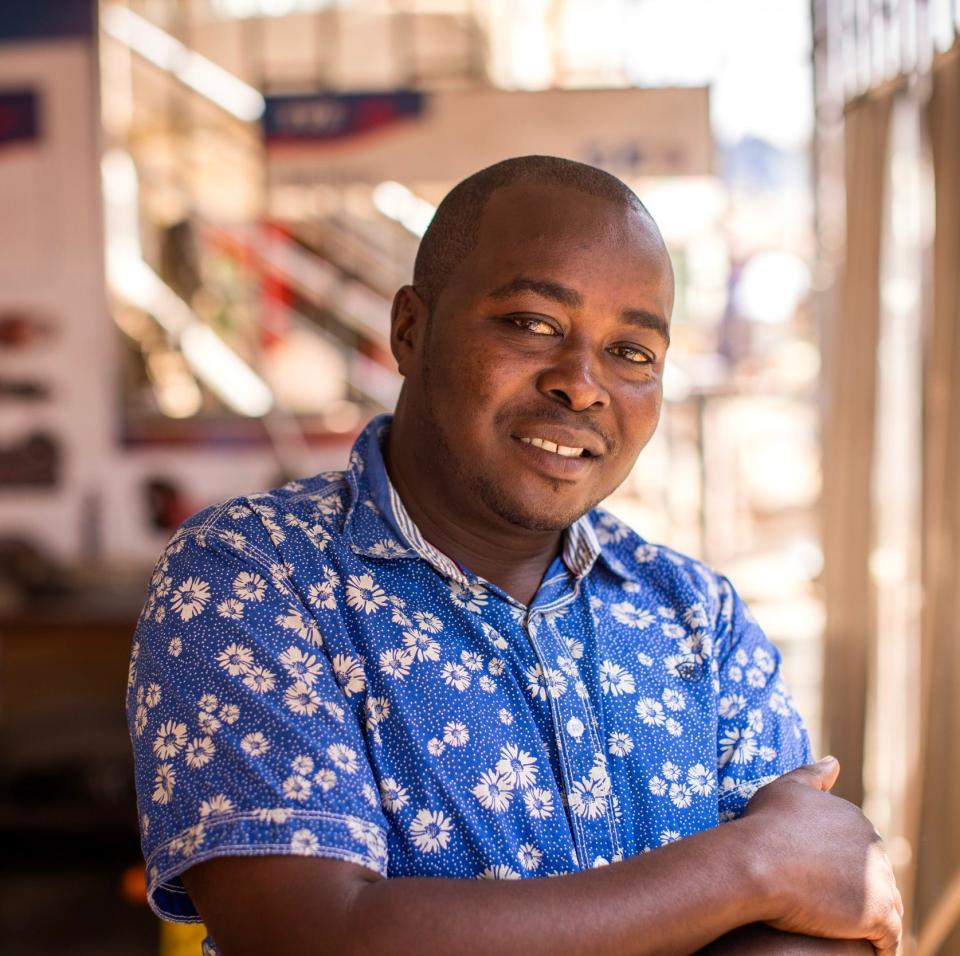
Aggie Krasnolucka, Programmes Director at the FIA Foundation, which funded the ‘Fare Price’ report, said: “Africa is the only continent where road deaths are still increasing, particularly for motorcycle riders. Countries across the continent, including Kenya, are struggling to cope with the vast and rising number of deaths and serious, life-changing injuries, particularly from head trauma.”
Acknowledging that Kenya has “good motorcycle legislation but weaker implementation”, Krasnolucka said that even though there are strict laws on helmet protective standards, they have not been universally implemented. Police only rarely take enforcement action.
“Establishing helmet testing facilities to monitor the quality of helmets is critical to raise public and political awareness, change behaviours and, ultimately, ensure the helmets that are available and sold in-country are really saving lives,” she added.
Following the launch of the Fare Price report in Nairobi, George Njao, Director General of Kenya’s National Transport and Safety Authority, vowed that the government would do more to “ensure the safety of our motorcyclists”.
Yet the horrific death toll on Kenya’s ever-expanding road network mounts with each passing week. A few weeks after the study’s release, new figures showed that more than 1,000 people lost their lives through crashes in the first three months of this year.
Speaking at a conference in Nairobi to discuss the report’s main findings, Njao acknowledged that motorcycles are a “vital part of our growing economy in Kenya”. He also noted that while most people in cars are happy to wear a seatbelt, there is a lingering reluctance to put on a motorcycle helmet.

Throughout Nairobi, there are hundreds of former motorcycle users wounded by head injuries from crashes.
Two years ago, rider Caleb Olima, 45, suffered a head-on collision with an approaching car that was overtaking. The impact of his head hitting the ground smashed the helmet into pieces, one of which cut into his head, leaving a large scar.
He was unable to earn any income for 20 months as a result.
Many like Caleb admit that they only purchased a helmet to avoid being stopped by the police. Their personal safety was of secondary concern.
Etienne Krug, Director Social Determinants of Health at the World Health Authority, said that “big discrepancies and inequalities” in the death rates between low-income and high-income countries need to be urgently addressed.
“There’s this fatalism, with decision-makers saying, ‘Okay, if we’re going to develop economically, we’re going to have more roads, we’re going to have more new drivers and therefore the price to pay will be more debts and injuries and disability’,” he said. “In fact, it does not have to be like that.”
It is a message that those in charge of Nairobi’s extraordinary road construction programme need to adapt quickly to avoid more tragic motorcycle deaths.
Protect yourself and your family by learning more about Global Health Security

